Creating a personal aesthetic is a journey of self-expression that allows individuals to showcase their unique style and personality. Diving into fashion, hair, makeup, and accessories can transform how one feels and presents themselves to the world. By curating a look that resonates with personal values and inspirations, anyone can cultivate an aesthetic that feels authentic and empowering.
Finding inspiration can come from various sources, such as exploring Pinterest boards, browsing fashion blogs, or observing street style. Experimentation is key; trying new combinations and allowing for adjustments can lead to delightful discoveries. The process not only involves selecting clothing but also embracing elements like jewelry and makeup that complete the desired look.
As they embark on this adventure, individuals may learn more about themselves and what truly resonates with them. With thoughtful tips and creative approaches, defining a personal aesthetic becomes an enjoyable exploration of style.
Understanding Aesthetic Foundations
Creating a personal aesthetic involves a foundational understanding of individual preferences, a keen eye for color, and a grasp of patterns and textures. These elements help define a cohesive and expressive style.
Identify Your Preferences
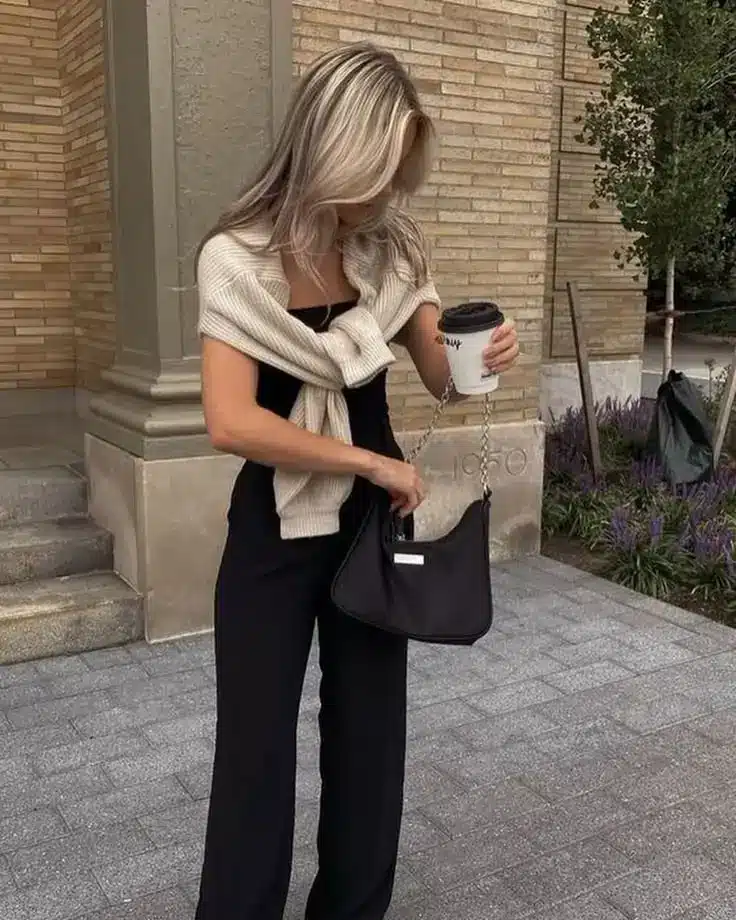

To establish a personal aesthetic, identifying preferences is crucial. Start by reflecting on what resonates with her. This could be through analyzing current wardrobe staples, favorite fashion icons, or even art styles that inspire her.
She might use a mood board to collect images, pieces of art, or clothing styles that speak to her. Digital platforms like Pinterest or physical corkboards are great tools for visualization. By noting recurring themes, she’ll recognize patterns that guide her aesthetic choices.
Tip: Ask herself questions: What colors or styles do I feel drawn to? Are there specific themes, such as vintage or modern minimalist, that excite her?
Explore Color Palettes


Color plays a significant role in defining an aesthetic. Understanding which colors she feels most comfortable in will enhance her personal style.
To begin, she can explore color psychology, considering what different colors represent. For instance, blues can evoke calmness, while reds often symbolize energy.
Creating a cohesive color palette helps in curating outfits and accessories. Tools like Adobe Color or coolors.co allow her to generate harmonious color schemes.
Tip: Aim for a palette of 3-5 main colors to simplify choices when shopping or dressing.
Patterns and Textures Primer


Patterns and textures can add depth to her aesthetic. Recognizing how different materials and designs interact will refine her style.
She can start by experimenting with layering various textures, such as denim, leather, or knits. Mixing textures creates visual interest in any outfit.
Patterns, whether floral, striped, or geometric, should align with her overall theme. She can incorporate them through statement pieces or accessories for flexibility.
Tip: Pair busy patterns with solid colors to balance out the overall look.
Building Your Personal Aesthetic
Creating a personal aesthetic involves careful selection of wardrobe pieces, thoughtful accessorizing, and a keen understanding of fit. These elements combine to express individuality and style.
Selecting Key Wardrobe Pieces


The foundation of a personal aesthetic begins with key wardrobe pieces. Start by identifying staple items like basic tees, tailored pants, or a classic dress. These should fit well and align with personal style preferences.
Shopping for versatile colors and textures can enhance variety without overwhelming the wardrobe. Essentials might include:
- A tailored blazer
- A pair of jeans that fit well
- Basic tops in neutral tones
Encouraging experimentation with different styles will help refine what feels right. Building a capsule wardrobe can further streamline choices, ensuring everything works harmoniously.
Accessorizing With Purpose

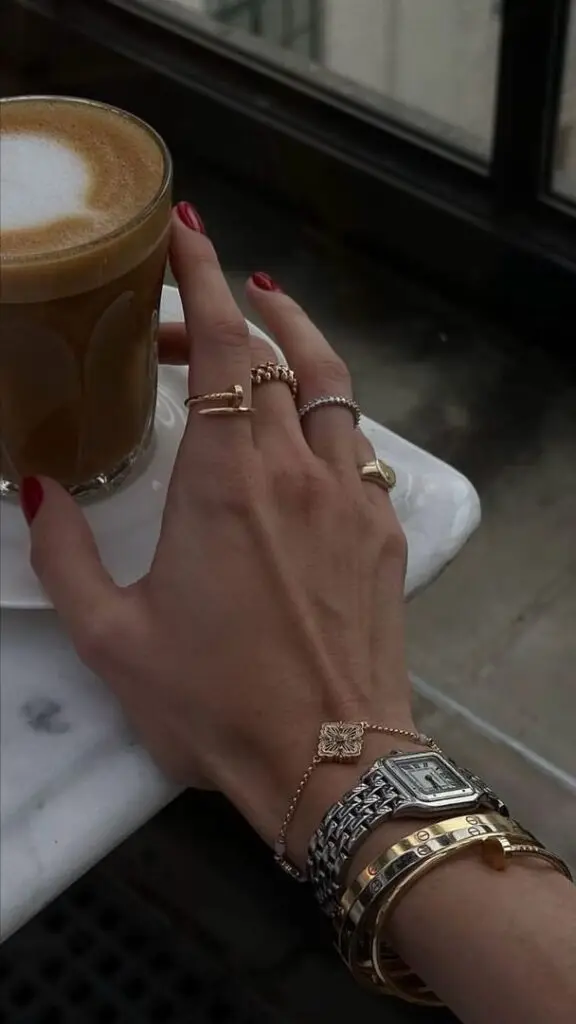
Accessories play a pivotal role in defining personal style. They allow for creativity and personal expression. Items like hats, bags, jewelry, and shoes can elevate any outfit.
Consider incorporating statement pieces to add personality. For instance:
- Bold earrings can transform a simple outfit.
- A unique handbag can serve as a focal point.
It’s essential to choose accessories that resonate personally while enhancing the overall look. This approach creates a cohesive style that reflects individual taste.
The Importance of Fit


Fit is crucial when building a personal aesthetic. Even the most stylish pieces can look unappealing if they do not fit correctly. Ensuring garments flatter the body type is key.
Simple tips include:
- Tailoring items that require adjustments.
- Understanding body shape to select suitable silhouettes.
Comfort in fit contributes to confidence. When someone feels good in what they wear, it naturally influences how they present themselves to the world. Investing time in finding the right fit pays off in a cohesive, polished look.
Inspiration From Icons and Trends
Finding personal aesthetic inspiration can be a blend of exploring iconic figures and current fashion trends. This section highlights how to draw ideas from style influencers, understanding the difference between contemporary trends and timeless styles, and the importance of curating inspiration boards.
Iconic Style Influencers

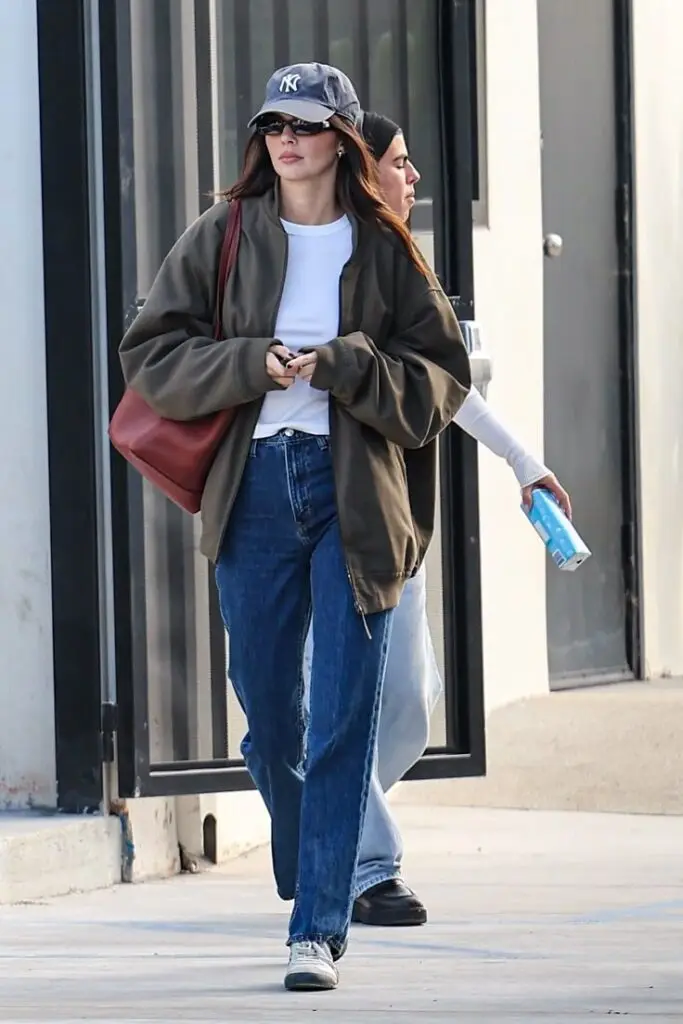
Fashion icons often serve as powerful sources of inspiration for personal style. These figures include celebrities, designers, and public personalities who have made an impactful mark through their unique aesthetics.
Some notable icons include:
- Audrey Hepburn: Renowned for her classic, timeless elegance.
- David Bowie: Celebrated for his edgy and avant-garde looks.
- Rihanna: A trendsetter with bold fashion choices.
By analyzing their wardrobes, individuals can identify specific elements that resonate with their own preferences. It’s helpful to focus on signature colors, patterns, and styles that can influence one’s own aesthetic.
Contemporary Trends vs. Timeless Looks

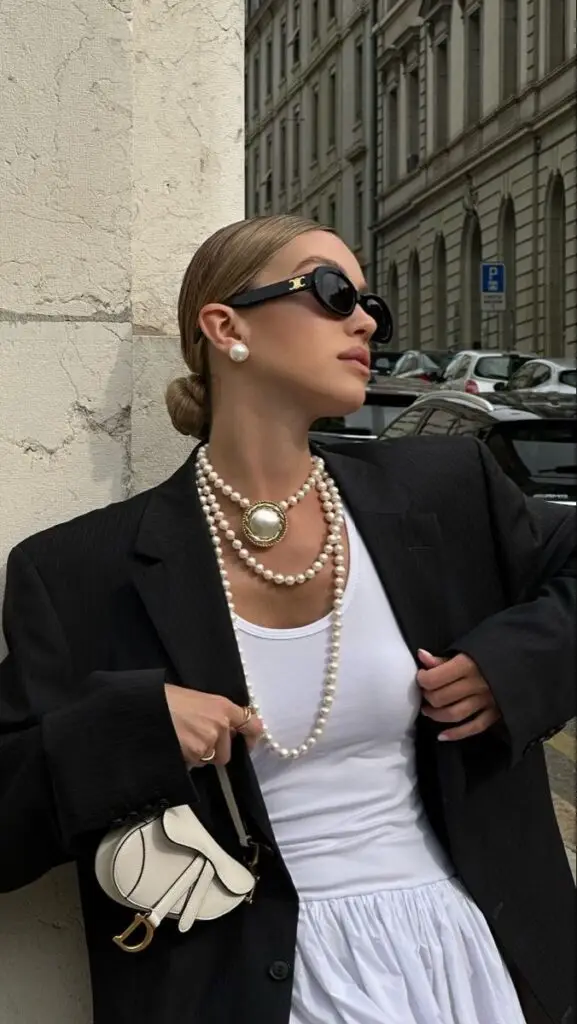
Understanding the balance between contemporary trends and timeless styles is crucial. Current fashion often embraces eclectic and experimental elements, while timeless looks embody elegance and simplicity.
Contemporary Trends can be characterized by:
- Bold colors
- Statement accessories
- Innovative cuts
Timeless Looks generally focus on:
- Classic silhouettes
- Neutral palettes
- Quality fabrics
Incorporating both styles allows for a dynamic personal aesthetic that can evolve over time without losing a sense of identity.
Curating Inspiration Boards

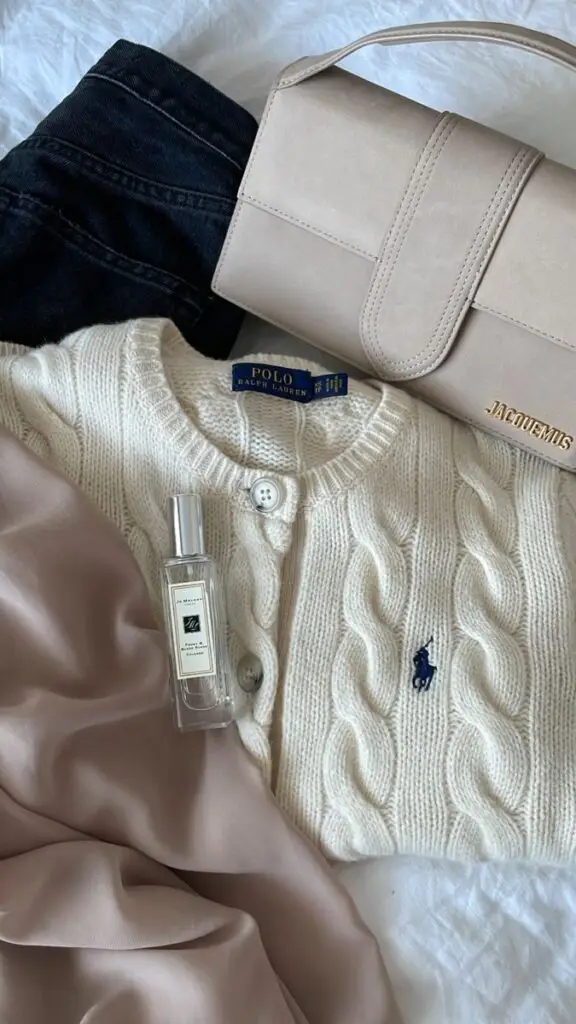
Creating an inspiration board is a practical way to visualize personal aesthetics. By gathering images and ideas, individuals can synthesize their thoughts into a cohesive style statement.
Some tips for curating an effective board include:
- Choose a platform: Digital boards (like Pinterest) or physical boards work well.
- Gather materials: Use magazine cutouts, photos, and fabric swatches.
- Organize thoughtfully: Group similar styles or color palettes together for clarity.
This process encourages exploration while focusing on elements that truly resonate, making it easier to define one’s aesthetic journey.
- 22shares
- Facebook0
- Pinterest22
- Twitter0


